7 Fundamental Habits that Generate 95% of All Fitness Results
By Adrian|November 5th, 2023

Overwhelmed by "Google Education?"
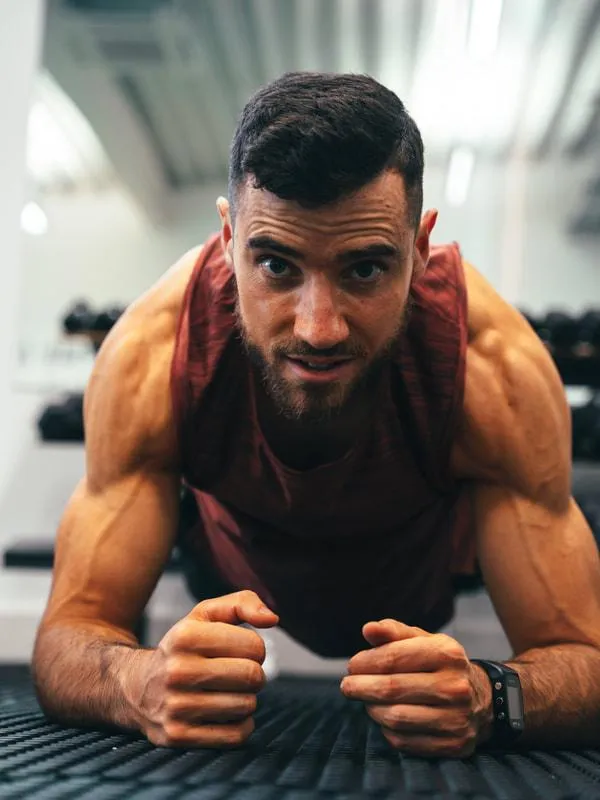
“I feel so overwhelmed from Google, YouTube & Instagram so I don’t know what to do.”
This is a common challenge busy working professionals encounter.
It can be overwhelming if you’re reading one article that says carbohydrates are necessary before watching a video of someone demonising them!
So what should you do?
Focus on these 7 fundamental principles which will help you create a leaner living formula which you can maintain long-term.
1. Calorie Deficit:
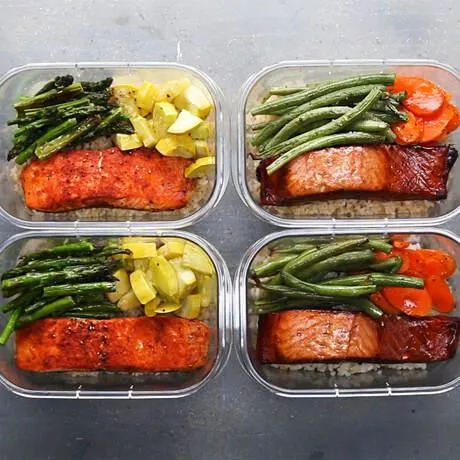
• If we take in more energy than we use, we gain weight (calorie surplus).
• If we take in less energy than we use, we lose weight (calorie deficit).
• If we take in the same amount of energy than we use, our weight stays the same (maintenance calories).
The only way to tone up and get leaner consistently is to create a sustainable calorie deficit.
By consistently eating less than your body needs to maintain its current weight, you will lose fat.
This might sound simple. I’m aware it does not sound fancy, but it’s really that simple!
While it might sound simple in theory, it can be difficult in practice.
So how do you create a sustainable calorie deficit?
• First of all you need to calculate your maintenance level of calories. If you’re unsure how to do this, I wrote a full blog post explaining how.
• Secondly, you need to set your calorie deficit which is sustainable and achievable.
I usually recommend anywhere from a 10-20% decrease of your maintenance calories depending on how much time you have.
For example, say your maintenance calories are 2,000 calories per day. A 10% calorie deficit would require you to reduce your calories by 200 per day while a 20% deficit would require you to reduce your calories by 400 a day.
With my coaching clients, I like to give a calorie range instead of a calorie target. Why?
Experience has taught me that it’s important to have some wiggle room. In the past, I used to be obsessive over hitting my exact number of calories.
Some days I may not have been hungry or felt like eating but I felt I had to eat anyways to ensure my numbers are right.
Sounds a bit rigid doesn’t it?
Because of this, I have found it’s much better of having a flexible mindset around calories as opposed to a rigid one.
So I like to give ranges. For example, instead of telling someone they have to eat 2,200 calories, I prefer giving a range of 2,100-2,300.
It allows for more flexibility firstly and secondly, it’s much more reassuring on your mindset that it’s ok for some days to have a higher intake and for others to have a slightly lower but you’re always around that range.
Do you have to track your calories? Personally, I’ve gotten to a point where I don’t need to everyday because I like to keep my meals structured and eat similar portion sizes.
However, this does come with experience and I still like to track once every couple of days to ensure I’m staying within my range. My advice would be to calculate, but don’t obsess.
2). Protein:
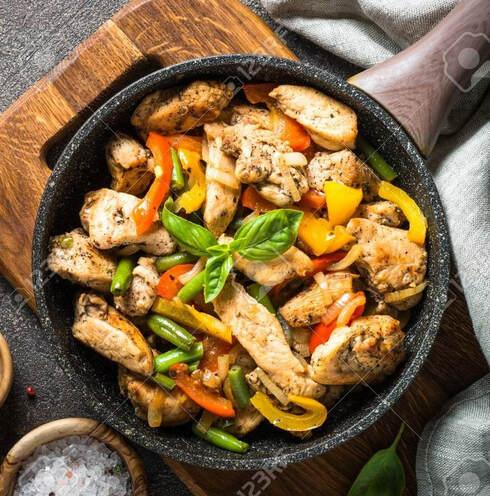
I always say, when eating in a calorie deficit, you should have two goals in mind:
1). Maintain as much (if not all) of your muscle mass as possible
2). Eat as much food as possible while staying within your calorie limit
This is where the benefits of setting a high protein target comes in.
It’s not uncommon for people to lose weight yet become a smaller version of themselves.
While I’m not trying to be critical or to sound like an a*shole, the common term used to describe this is “skinny fat.”
Have you ever lost weight on the scale yet you still don’t have that toned and trim physique you’d hoped for?
If so, chances are your protein intake wasn’t adequate and/or you didn’t strength train (future point).
So how much protein should you eat? I recommend 1.6 – 2.2g of protein per Kg of bodyweight.
So if you weigh 70 Kg, this would range from 116g to 154g of protein per day. In general, it’s always better to be on the higher end if possible.
Of the three macronutrients (protein, carbohydrates and fats), protein is the most filling. Being hungry while dieting sucks. It is not enjoyable going to bed hungry. You can help keep hunger at bay by ensuring you’re getting in an adequate protein intake.
Good sources of protein include:
• Skinless chicken breast
• Turkey breast
• Lean beef & steak (with less than 5% fat)
• Pork tenderloin
• Fish (white fish especially tends to be lower in calories)
• Egg whites
• Greek yogurt 0%
• Cottage Cheese 1%
• Protein powder supplements
3). Follow my Peak Performance Nutrition Protocol:
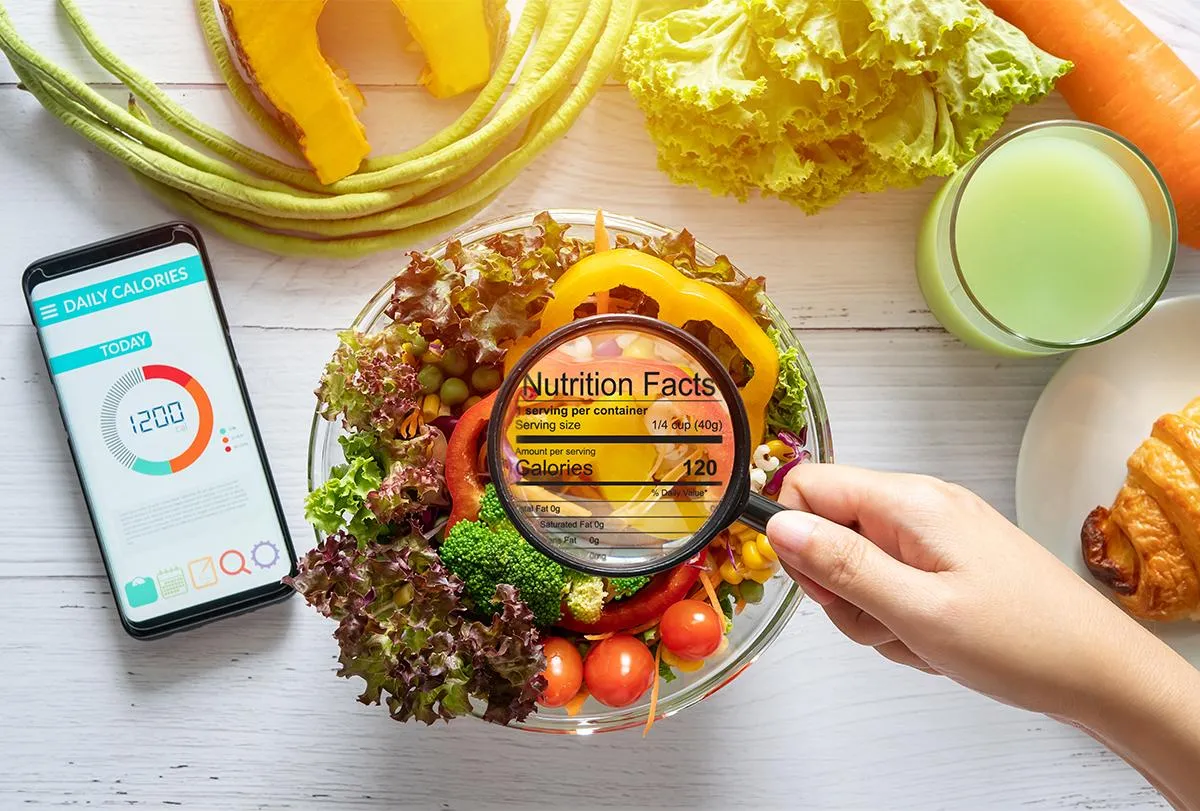
I often would’ve checked out bodybuilders physiques when I was in my late teens and early twenties and wondered how they look so shredded yet were eating pop-tarts, cereals and bars of chocolate. Have you ever felt the same way?
For instance, I see influencers posting cancer cookbook recipes of coco pops mixed with melted squares of chocolate topped with peanut butter and a protein shake (which they’re likely a brand ambassador for) and they’re promoting it as “If It Fits Your Macros (IIFYM).”
That is the danger of social media. It might look cool to be constantly posting photos of eating donuts, pop-tarts and bowls of cereal. But that is not reality.
Eating those foods alone didn’t get them shredded and it can be misleading for people (younger people especially) when all the see is these high-level physique athletes share their highlights.
However, it is important to note that you can look good but not feel good.
Some high-level physique athletes are far from healthy despite what their physique might suggest. Does this not defeat the purpose of doing this in the first place?
What’s the common mistake many people make from trying to emulate the bodybuilders cancer cookbook recipes?
They look at the macronutrient intake of protein, carbohydrates and fats as being the most important targets to hit.
However, most people neglect the micronutrients which is what I preach in my Peak Performance Nutrition Protocol.
Yes, calories, protein, carbohydrates and fat targets are important to be met.
However, the make-up of these calories still matters.
How is my Peak Performance Nutrition Protocol different? I encourage my clients to eat like an adult!
Let’s ensure our foods are lean, clean and green.
I want to see a lean protein, clean carbohydrates and green veggies present in your meals.
Adhering to my Peak Performance Nutrition Protocol allows my clients to still include their favourite treats without eating foods consistently that were meant to be sold to 10-year-old children!
4). Strength Training:
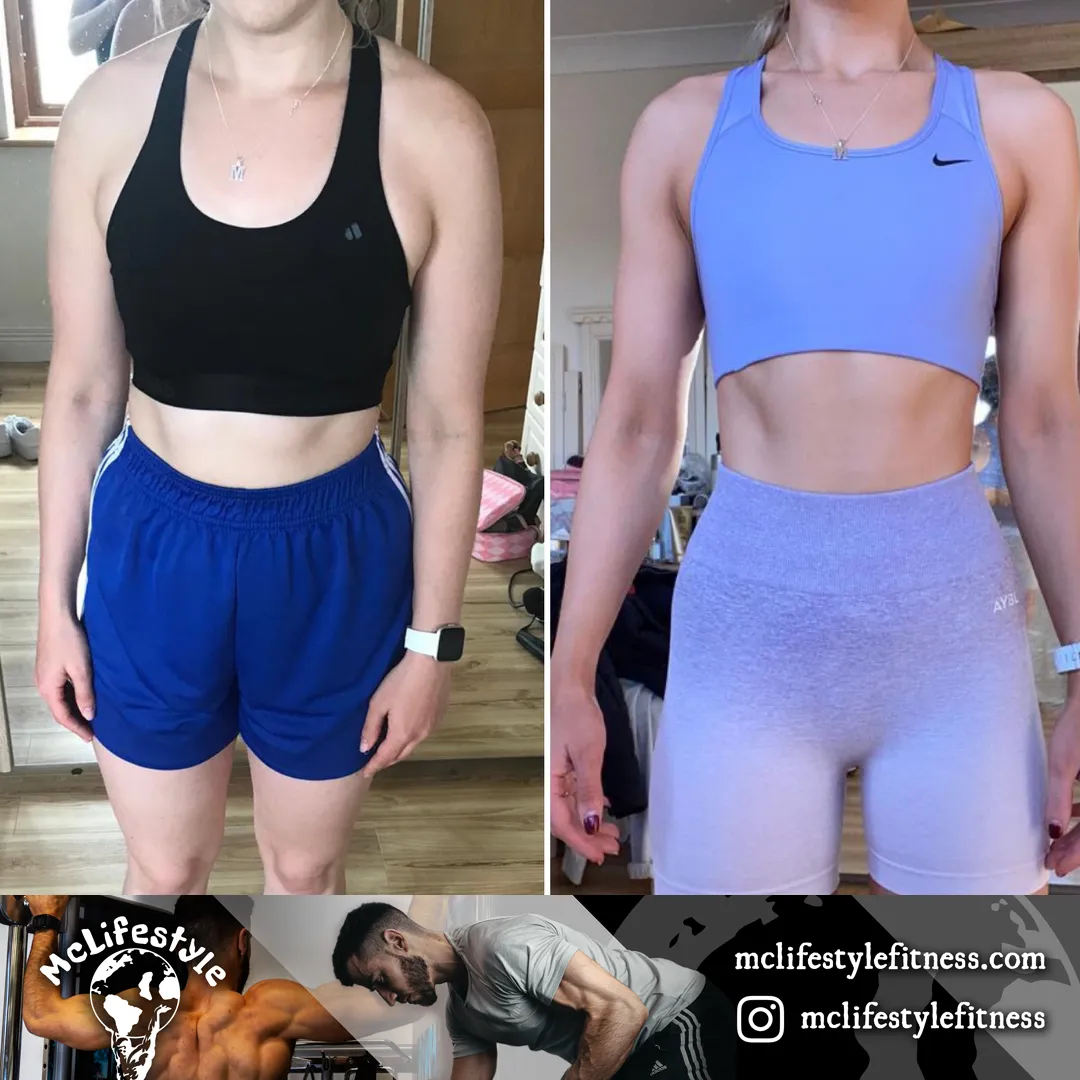
Whenever someone says they want to get in “shape” or to “tone up,” if you think about it, what are you referring to? What gives your body that shape and tone?
No, it is not your bones! They hold your body in place. But to get that shape and tone you desire, you are specifically referring to building muscle in the right areas so you can get that toned stomach, or defined butt or big arms!
Muscle is the thing that gives your body that shape and tone in the absence of bodyfat!
As mentioned above, a lot of people lose weight but their weight loss is typically a combination of fat and muscle so what you’re left with is a smaller version of yourself.
The focus should be to build muscle, not burn it off.
The best way to get “shaped” and “toned” is to perform strength training while eating in a calorie deficit.
This will give you a much better overall transformation. Anyone whose lost a considerable amount of weight but still looks somewhat “soft” is usually because they have lost some fat, but their muscles aren’t overly toned.
I recommend at least 3-4x a week of strength training for optimal results.
Note: A common mistake I see fellow lifters make is to completely stop lifting heavy when doing a cut and focus on lifting lighter weights for more reps.
This is often as a result of the belief that there’s no point focusing on building strength while doing a cut.
Remember, building strength and building muscle are not the same. I have been doing a cut for the past number of weeks but a big priority of mine is to maintain my strength.
I may not be pushing for PR’s as much but when I do transition out of my cut, I don’t want to feel like a weakling when I lift in the 1-5 rep range because I neglected it for the duration of my cut.
My philosophy? Train the compounds as if you’re a powerlifter and the accessories as if you’re a bodybuilder. This unique style of training has gotten me and most importantly my clients real results.
5). Cardio:
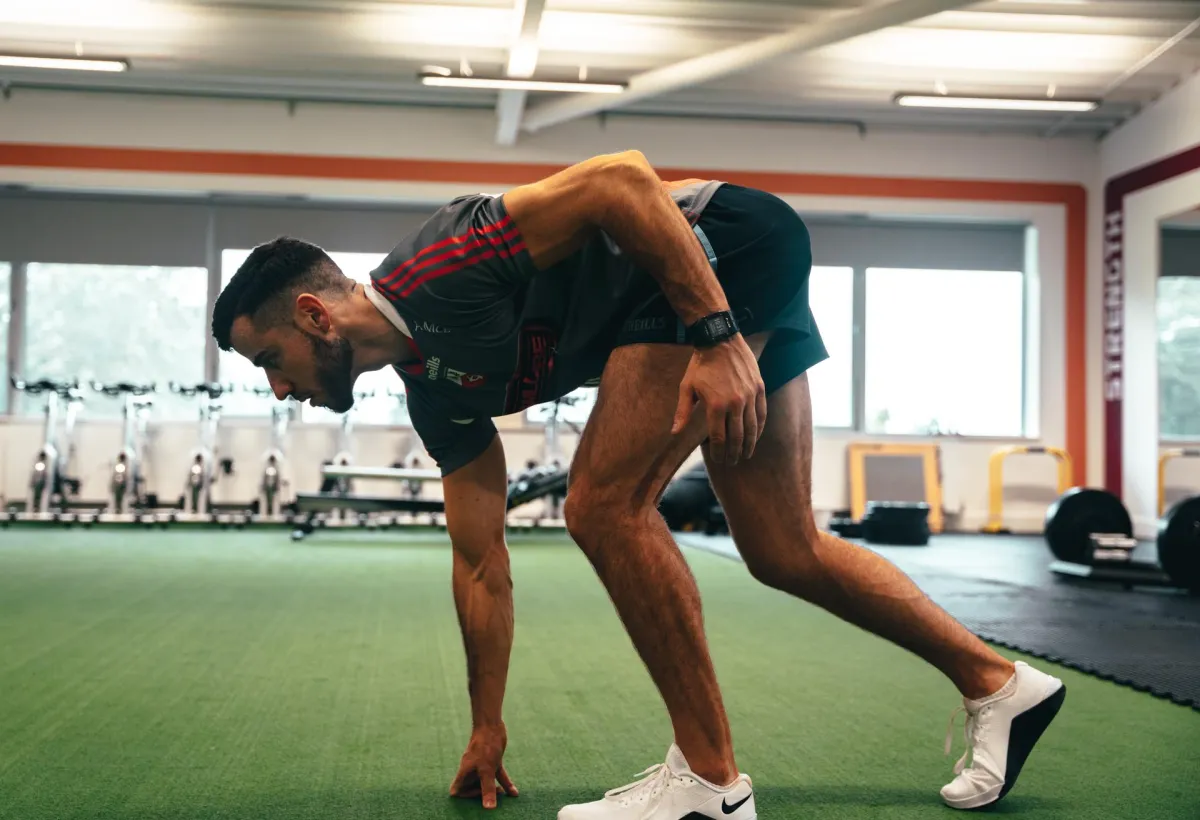
Do you need to do cardio to lose bodyfat without losing muscle? Absolutely not.
Does that mean cardio is a waste of time? Not at all! Adding some extra cardio in on top of your strength training will help you burn some additional calories.
On top of that, there are many benefits of doing cardio for your cardiovascular health.
Your heart and your lungs typically work harder doing cardio than weights.
What are the best forms of cardio?
The best form of cardio is the one you enjoy the most that you can adhere to.
This might include running, cycling, elliptical etc. However, one universal form of cardio everyone should be doing is the most basic one – walking. Don’t underestimate the power of getting your steps in on a daily basis.
If you’re someone who acknowledges the benefits of having a good cardiovascular base but hate the thought of lacing up your runners and going for a 45-minute jog, then HIIT or circuit training might be a better alternative for you.
If you have the time, LISS (Low Intensity Steady State) may work best.
Different Types of Cardio:
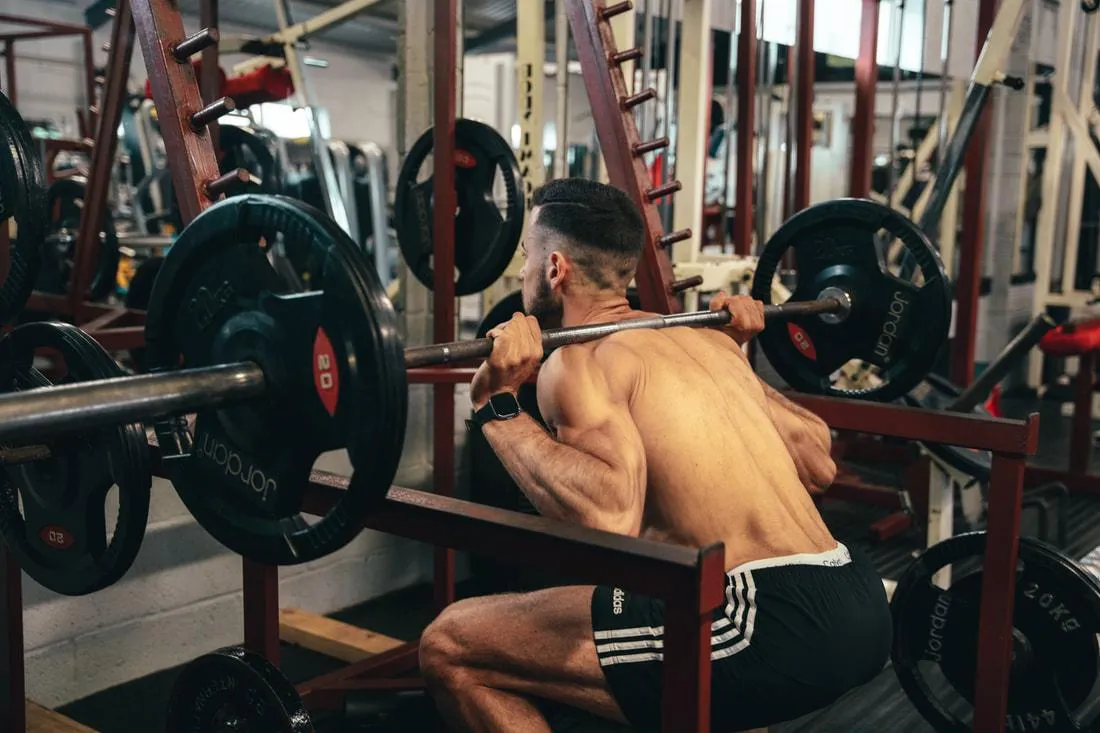
High Intensity Interval Training (HIIT)
HIIT training involves alternating intense exercise which requires shorts bursts of energy (usually between 8-12 seconds) with low-intensity recovery periods.
Examples would include doing clap push ups, med ball slams, jumps, sprinting or the assault bike with max intent for 8-12 seconds before resting, walking, jogging or coasting for about 45-60 seconds and repeating this for 10-20 minutes. A 1:5 work: rest ratio is optimal.
HIIT training will save you time, might be more enjoyable for some than traditional cardio and will still allow you to get the health benefits of cardio.
Note, don’t mistake HIIT training with long duration low intensity training which is often 45 seconds of work and 15 seconds of rest. This is not HIIT training. I would classify it as more of a circuit style of training.
Circuit Training:
Circuit training involves performing a number of exercises in a circuit fashion with minimal rest in between.
I like to call this ‘muscle-building cardio’ and share multiple examples of it on my Instagram page.
An example might include combining an upper body, lower body, core and conditioning exercise back-to-back without resting.
Low Intensity Steady State Training (LISS):
LISS training means keeping your heart rate at a sustainable pace throughout your workout
Once you don’t find yourself gasping for air, stopping for a breather and/or gasping for air, you’re probably doing LISS training.
Examples include walking, running, rowing, cycling etc. at a steady pace for optimally a 30-60 minute period.
6). Move More Throughout the Day:
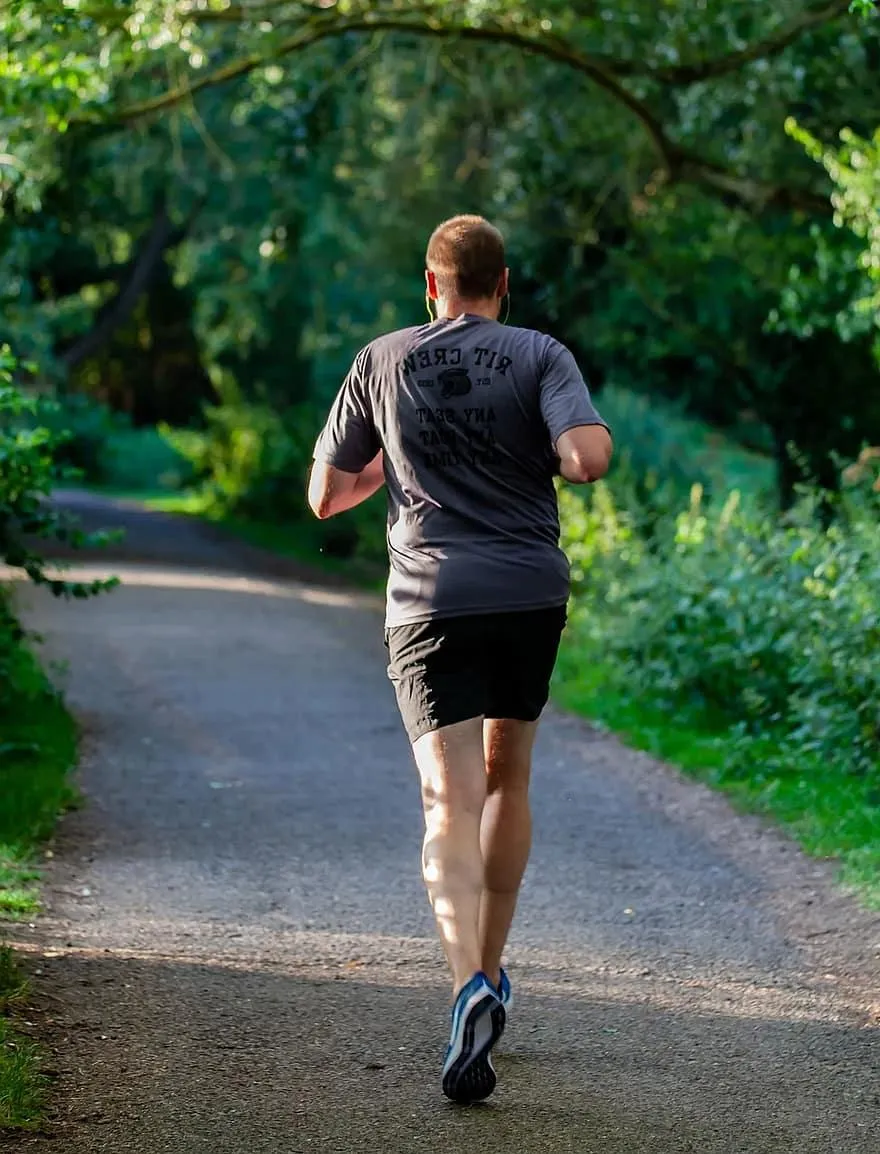
NEAT
stands for Non-Exercise Activity Thermogenesis. It’s a fancy way of saying the daily-life movement we do which isn’t deliberate exercise.
Examples of NEAT include walking, carrying groceries, doing housework, cleaning up, fidgeting etc. In general, the more you move the more calories you burn.
Do not underestimate the importance of NEAT and moving around daily if toning up is your goal.
Depending on your activity levels, NEAT can account to anywhere from
5-25% of your total caloric intake.
For instance, someone who works in a labour-intensive job such as construction where they’re carrying bricks, wheelbarrows etc. around will have a higher caloric requirement than someone who sits at a desk all day.
To increase your NEAT, set a daily steps target for yourself and invest in a fitness tracker to monitor your step count. In fact, if you’re trying to lose weight, one of the simplest things you can do is simply increase your NEAT.
It is not demanding on the body as doing an extra weights session yet it is very effective.
Other practical tips include taking the stairs instead of using the escalator or parking a bit further away from the supermarket or shop.
7). Hydrate:
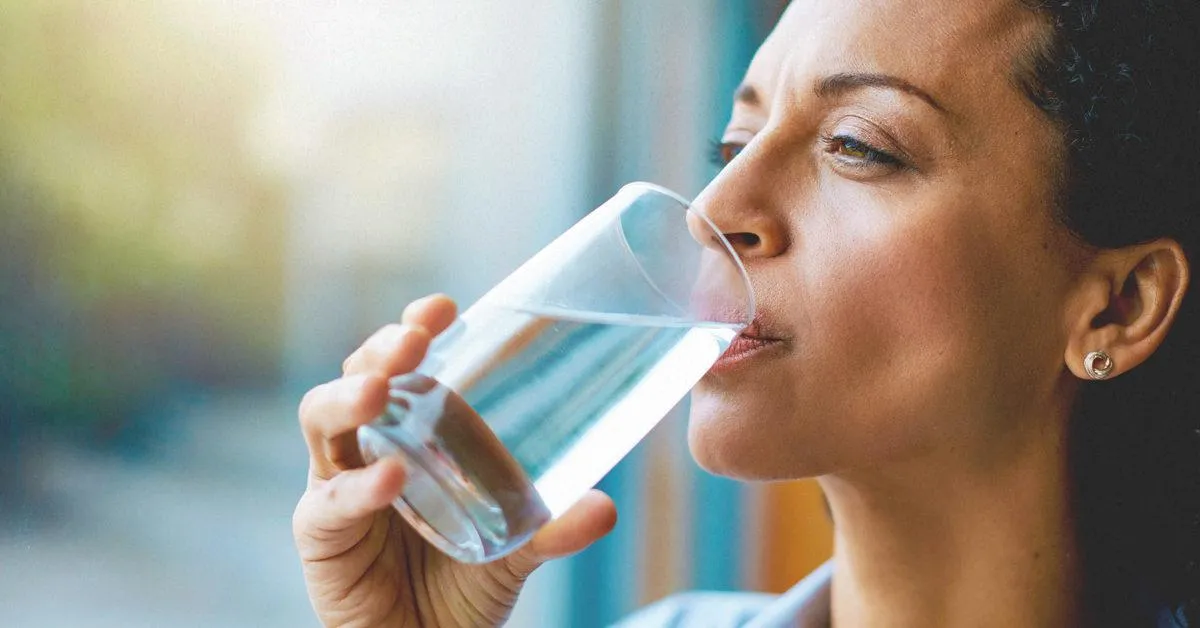
Drinking water is extremely underrated yet it’s importance cannot be emphasised enough.
While drinking water will not have a direct effect on you burning more calories, it can indirectly result in you consuming less calories throughout the day.
Why is this? Because we often mistake being hungry with being dehydrated.
Next time you feel the urge to grab some food, simply have a sip of water before you make your decision and see if your hunger was genuine or if you were actually dehydrated.
Remember, water makes up to 70% of our total body weight – so give the body what it needs!
I recommend my clients to aim to drink 40-50ml of water per Kg of bodyweight.
The Takeaways:
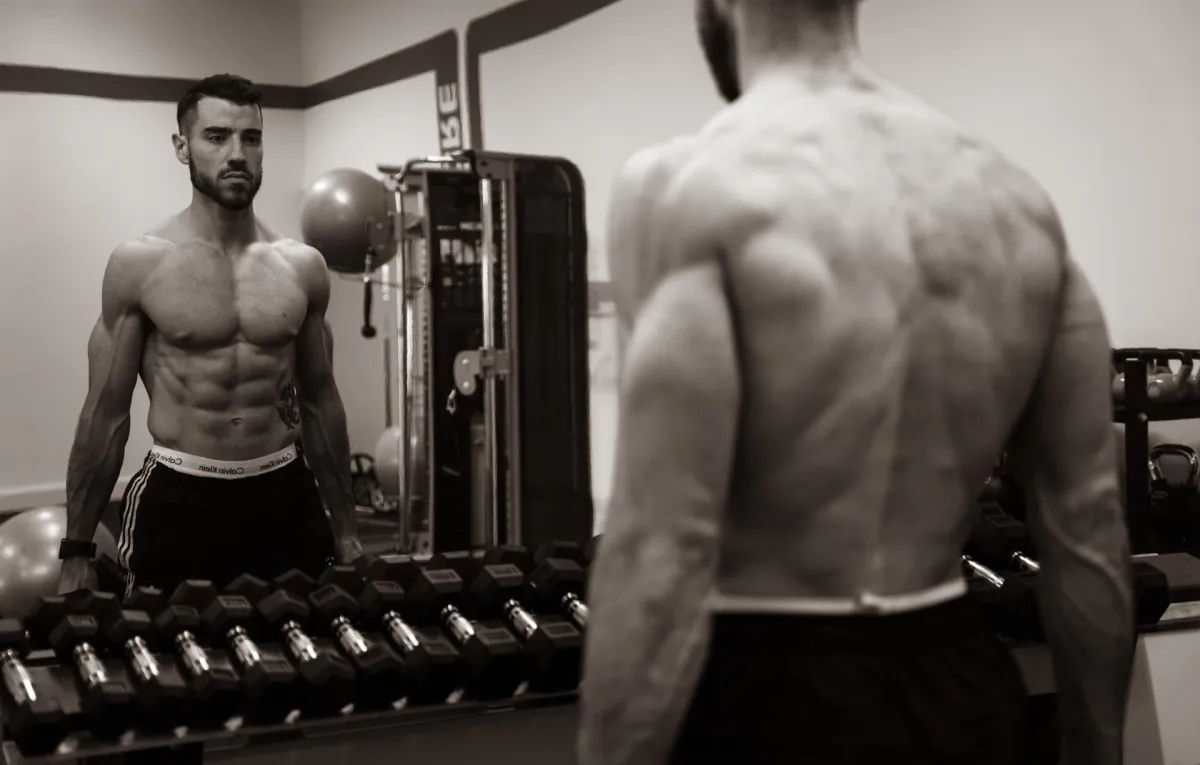
If you’re looking to tone up, adhere to my 7 simple (but not easy) tips:
1). Be in a calorie deficit
2). Get adequate protein intake
3). Follow my Peak Performance Nutrition Protocol
4). Strength train
5). Do additional cardio as a means of burning extra calories
6). Increase your NEAT
7). Stay hydrated
Thanks for reading. I hope you found this post beneficial.
1:1 Online Coaching Application

If you’d like a coach to help get you out of a routine that isn’t currently working for you and into one that will , then book your
free consultation call today to see if you’d be a good fit for my Online Coaching.
This is where having the structure and accountability of a coach comes in. I’ll help you get the results you’ve always desired and
make your journey much easier and quicker than doing it on your own.
You’re just one click away of becoming a success story.
Free 3-Day Total Body Training Program:
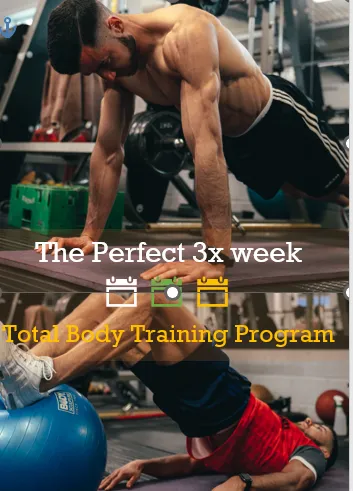
Depending on your goal, I have some free resources which might be of benefit to you.
If you’d like a copy of my free, 3-day Total Body Transformation Program click HERE! (Enjoy the core finisher!).
If you’d like a copy of my Free Living Lean Cookbook to prove to you that it’s possible to eat foods you enjoy and get results, click HERE.
(Try out some EPIC protein pancakes!).
And if you’d like access to my Free 7 Day Fat Loss Accelerator (which has helped some members drop up to 7lbs inside 7 days),
click HERE and it will be sent straight to your email.
I hope these free resources help you!
About Adrian McDonnell & McLifestyle Fitness:
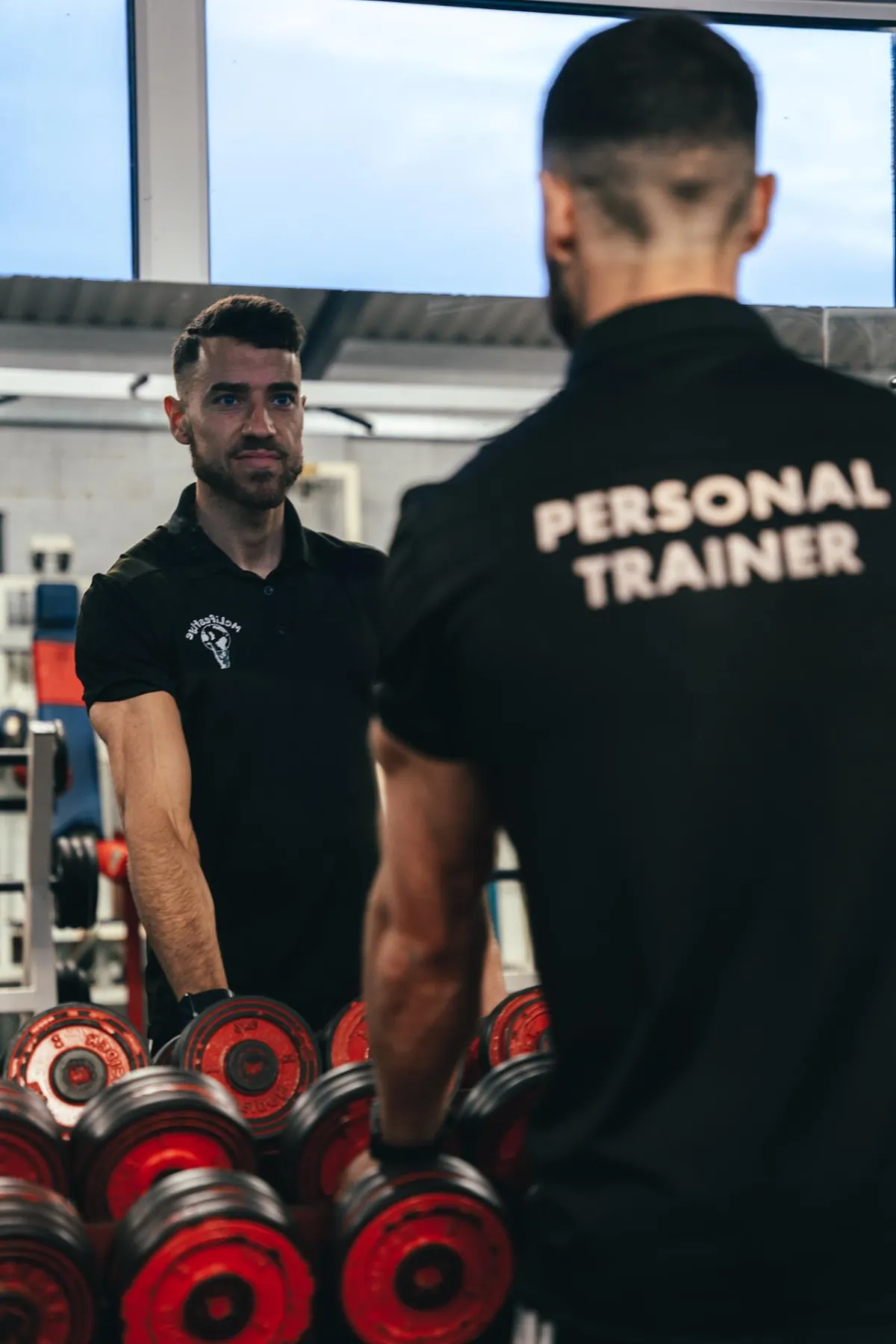
IAdrian McDonnell is a highly specialised Personal Trainer & Online Fitness Coach from outside of Tuam, Co.Galway, Ireland.
Previously a primary school teacher for almost 5 years, Adrian followed his passion and pursued a career in fitness after seeing first hands the results he could achieve with himself.
Although Adrian is a Personal Trainer & now Full-Time Online Transformation Fitness Coach from outside of Tuam, Co.Galway – he not only coaches clients locally, but also nationally and internationally.
Adrian specialises in helping working professionals:
- Be confident in themselves·
- Feel more comfortable in their clothes·
- Look better in the mirror·
- Increase their energy and go for more promotions at work·
- Get fitter, leaner & stronger without following rigid meal plans·
- Go on more dates (this is a common one)·
- And feel proud of themselves for doing something they never thought was possible!
To date he has helped Transform over 500 Clients into fitter, more toned & confident individuals.
Transforming people’s lives through proper fitness, sustainable & enjoyable nutrition practices & mindset mentoring is something Adrian is truly passionate about and this is his mission in life.
Want to find out more? Contact me today & I’ll answer any questions you have.
Read Last Week's Post
© 2021 McLifestyle Fitness & Performance Ltd. - All Rights Reserved
Privacy Policy | Terms & Conditions | Release & Waiver of Liability